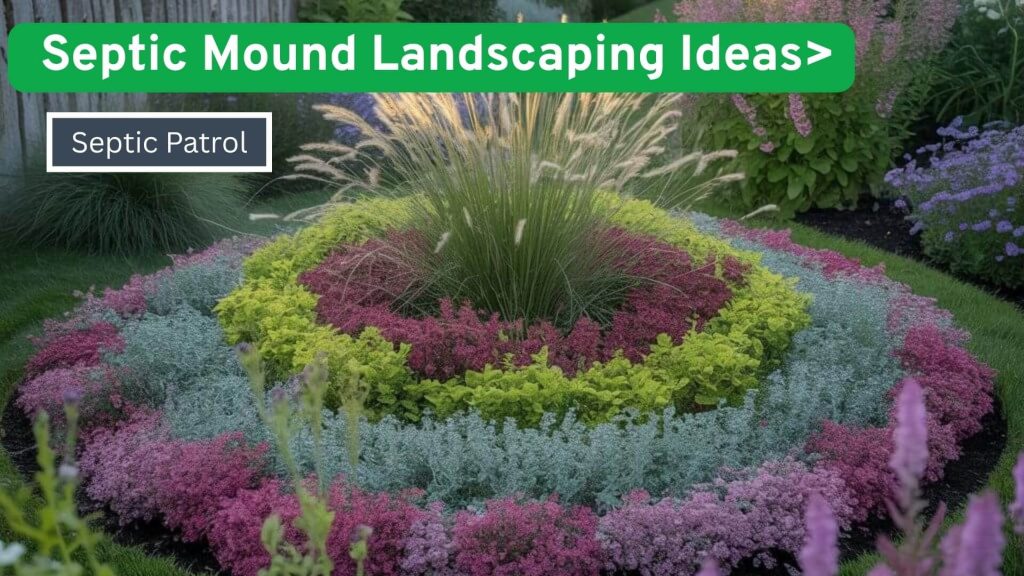
For many homeowners, a septic mound is more of a visual nuisance than a landscape feature. It sits awkwardly in the yard—conspicuous, untouchable, and seemingly off-limits to creativity. But what if that same mound could become one of the most environmentally beneficial and beautiful parts of your property?
With thoughtful design, the right plant choices, and a little imagination, you can turn this necessary infrastructure into a low-maintenance, ecologically supportive, and aesthetically pleasing landscape feature. More than just curb appeal, a well-landscaped mound helps protect the septic system, supports native biodiversity, and even improves soil health.
In the ideas that follow, discover how functionality and beauty can work hand-in-hand—without ever compromising the delicate balance your septic system relies on.
1. Low-Maintenance Native Grasses
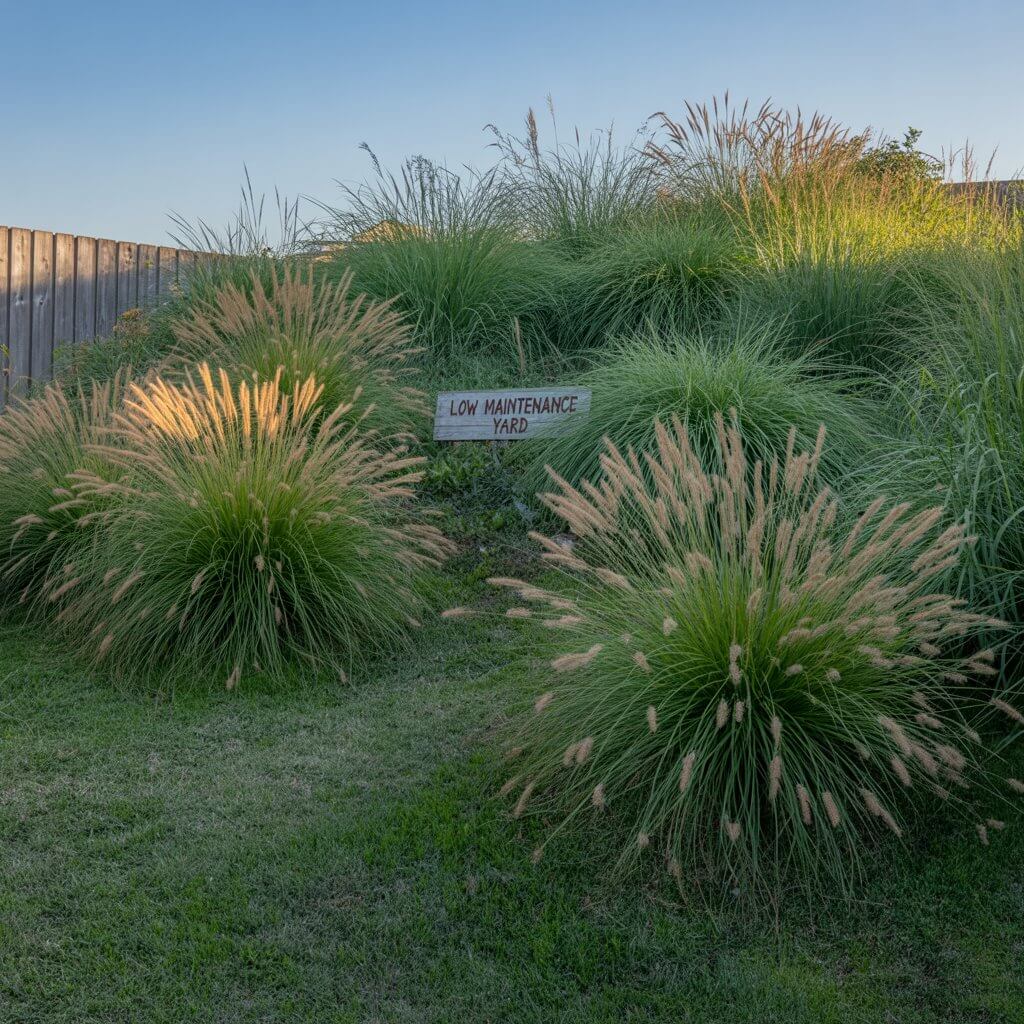
Use shallow-rooted native grasses like little bluestem, blue grama, or prairie dropseed. These species tolerate dry conditions and help stabilize the soil while requiring little maintenance. They promote healthy airflow in the mound by drawing excess moisture from the soil, which discourages harmful bacteria. Avoid fertilizing and mowing frequently—this protects the system while keeping it attractive.
2. Pollinator-Friendly Wildflower Meadow
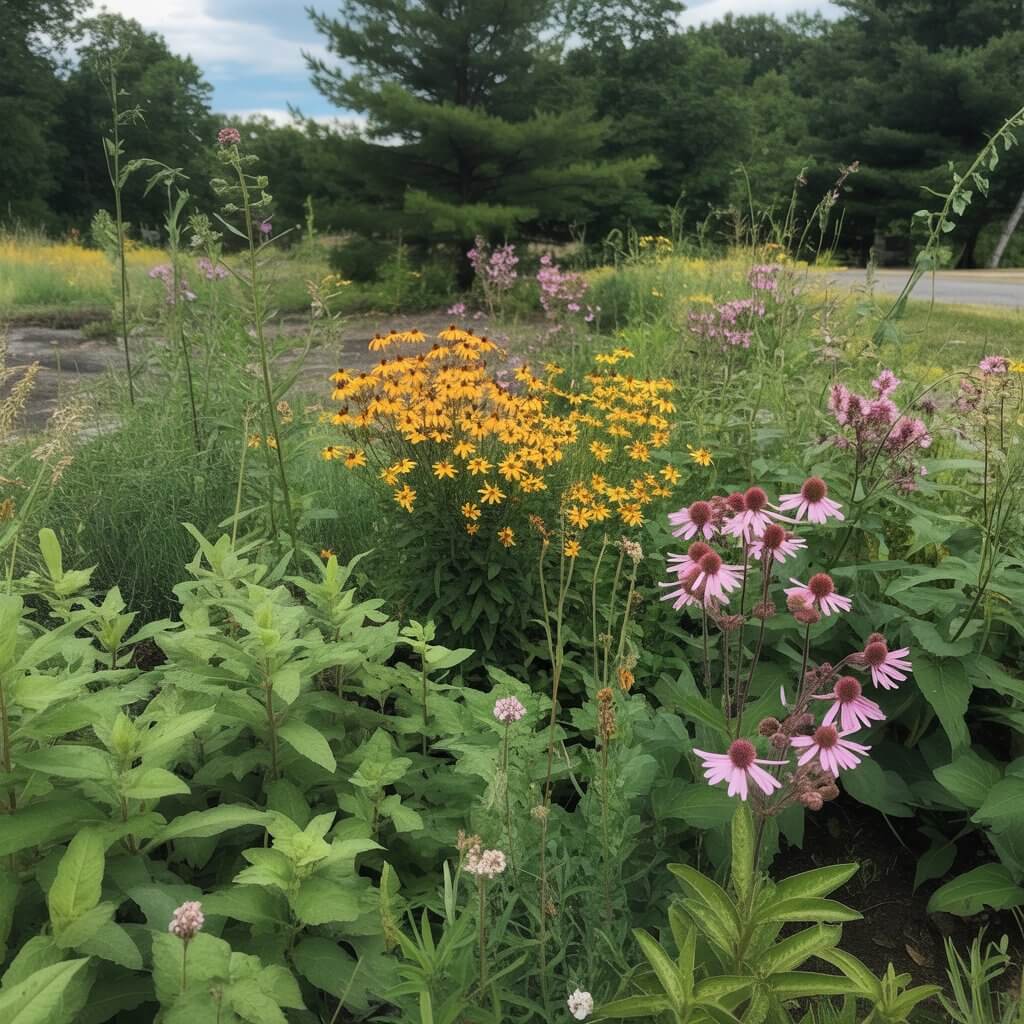
Create a colorful, pollinator-friendly area by planting native wildflowers like butterfly weed, penstemon, wild bergamot, and rough blazing star. These shallow-rooted plants won’t interfere with mound function and require no irrigation once established. Besides drawing in bees and butterflies, the vegetation helps absorb water and insulate the mound in winter by trapping snow as natural mulch.
3. Mulch Path Borders (No Traffic Over Mound)
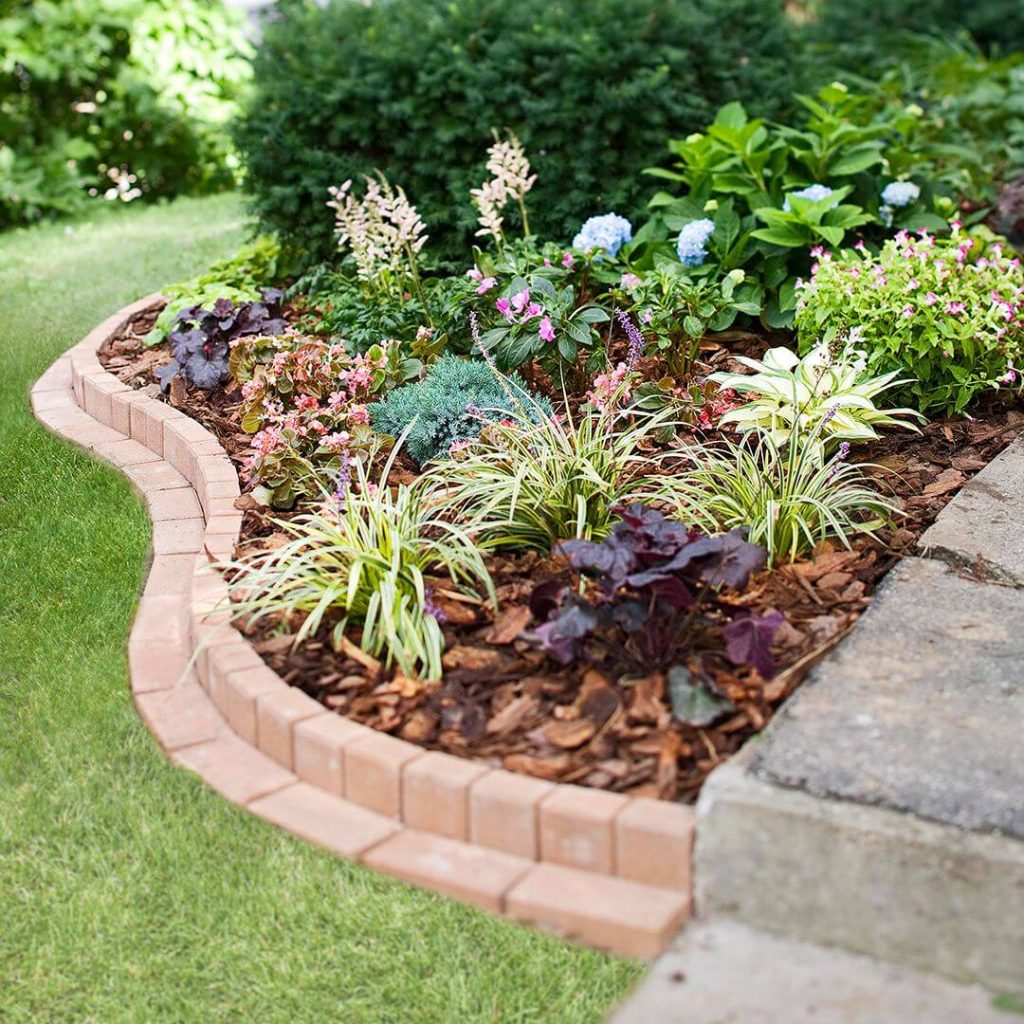
Define access zones around the mound using natural mulch or gravel to visually separate it from high-traffic areas. This prevents people or pets from compacting the mound soil, which can reduce airflow and damage the system. Keep paths at a distance—do not walk on top—and avoid weed barriers that could block water or oxygen exchange.
4. Decorative Rock Gardens (Around the Base)
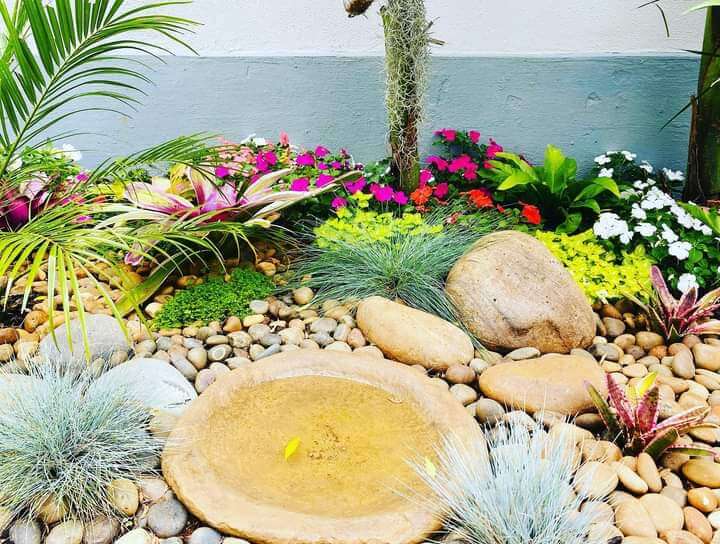
Design a decorative rock garden near the base of the mound using varying sizes and natural stones. This makes the mound look intentional while deterring foot traffic. It also reduces mowing and maintenance in the surrounding area. Never place heavy rocks on top of the mound, as they can interfere with water movement and soil respiration.
5. No-Mow Clover or Fine Fescues
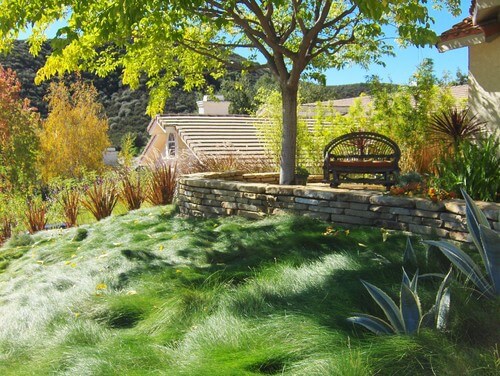
Consider low-maintenance ground covers like microclover or fine fescues—especially red, sheep’s, or creeping red fescue. These cool-season grasses tolerate dry, infertile soils and require minimal mowing. They form dense, green coverage without needing fertilizer and thrive in shady or sunny spots. Once established, they reduce erosion and water runoff while blending well with natural landscapes.
6. Butterfly Garden at a Distance
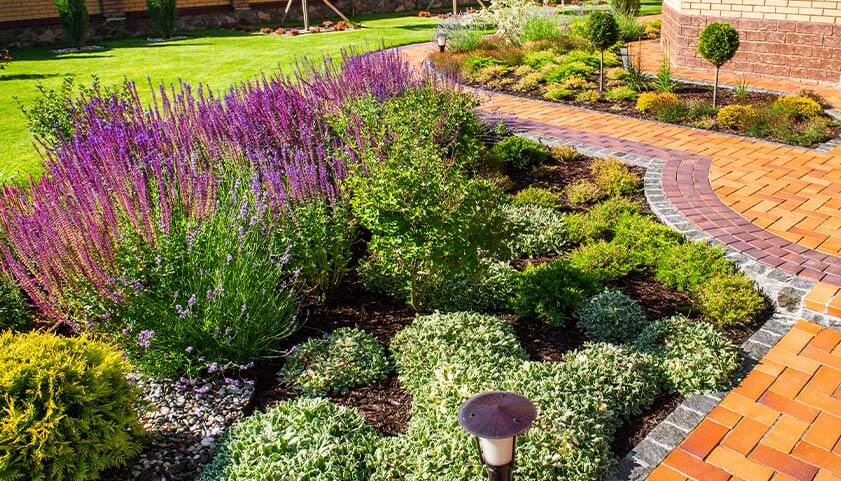
Source: R.I Lampus
Design a butterfly garden several feet away from the mound using deep-rooted perennials like coneflower, liatris, or milkweed. While these are beautiful and beneficial to pollinators, placing them too close could disrupt the system. Keeping them at a safe distance ensures that your yard supports biodiversity without root intrusion.
7. Solar-Powered Light Posts

Place solar garden lights around the mound perimeter to add nighttime charm and highlight the landscape feature. Install lights in mulch or gravel zones—not in the mound soil. This keeps the area usable while avoiding any disruption to drainage or vegetation. Choose warm tones or decorative styles to blend with your garden design.
8. Berm Blending with Mound Shape
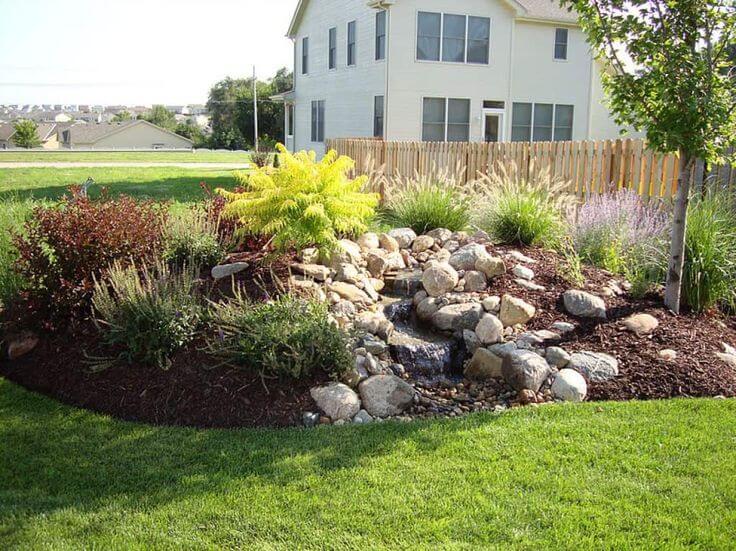
Source: Pinterest
Design other landscape berms with a similar slope or vegetation as the mound to unify the yard’s appearance. Use grasses and perennials that echo the mound’s planting scheme. This makes the mound look like part of an intentional garden contour rather than a standalone utility structure.
9. Low-Fence or Border Planting
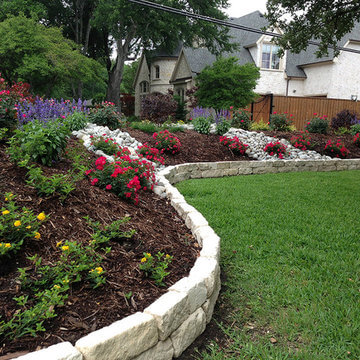
Install a low, ornamental fence or edge plantings like lavender or ornamental grasses (at a safe distance) to define the mound zone. This soft boundary prevents accidental traffic and draws the eye away from the mound’s utility. Never use woody plants on or close to the mound to avoid root intrusion.
10. Sculptural Elements or Yard Art Nearby
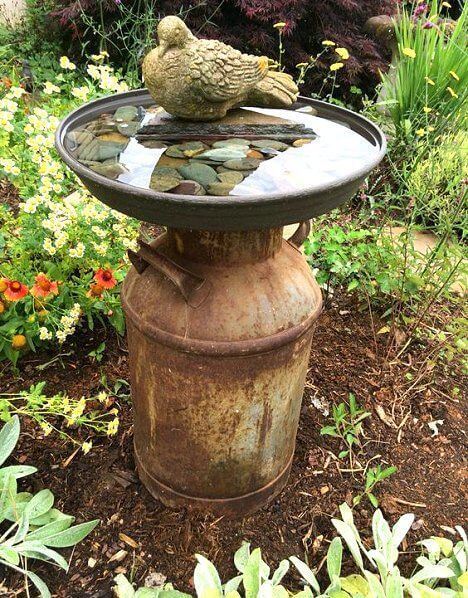
Enhance the area by placing birdbaths, metal sculptures, or kinetic wind art near—but not on—the mound. These eye-catching features can turn a functional landscape into a statement piece while respecting the integrity of the septic system. Keep installations lightweight and movable in case future system maintenance is needed.
11. Avoid Planting Anything Edible
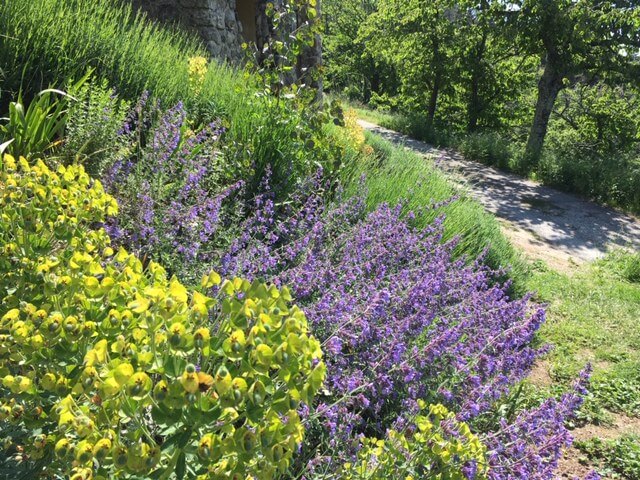
Although herbs like thyme or oregano are shallow-rooted, it’s best to avoid planting anything edible on or directly adjacent to the mound. Soil in septic areas could carry harmful disease organisms. Stick to non-edible ornamentals or pollinator plants for safety.
12. Dry-Site Perennial Garden
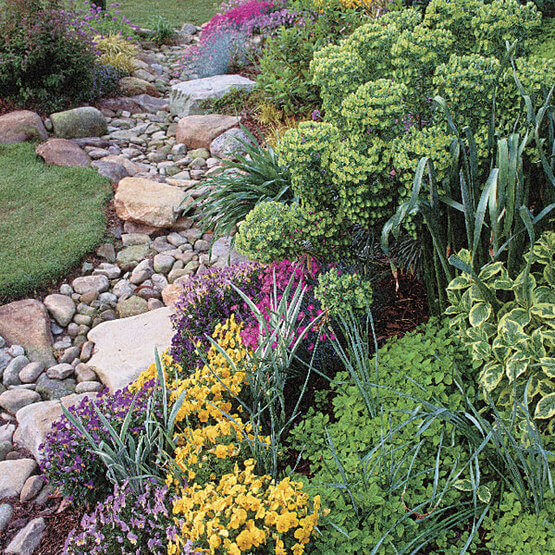
Build a low-maintenance flower bed with hardy, non-invasive perennials like sedum, daylily, yarrow, or gaillardia. These drought-tolerant plants work well in sunny mound conditions and require no watering or fertilizing once established. Their resilience and color variety create a cheerful, easy-care landscape without stressing the mound.
13. Seasonal Color with Shade-Tolerant Perennials
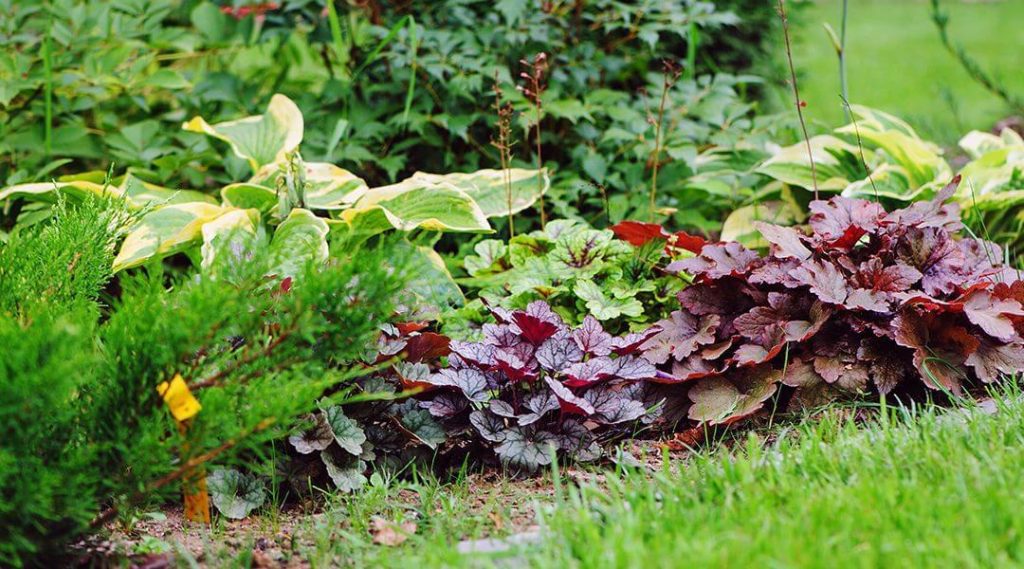
If your mound is shaded, plant shade-tolerant perennials such as hostas, bleeding hearts, wild geraniums, or ferns. These thrive in partial light and moist conditions, offering foliage texture and color. Choose cultivars that don’t spread aggressively and monitor spacing to avoid compaction or crowding.
14. Snow Catch and Winter Cover Design
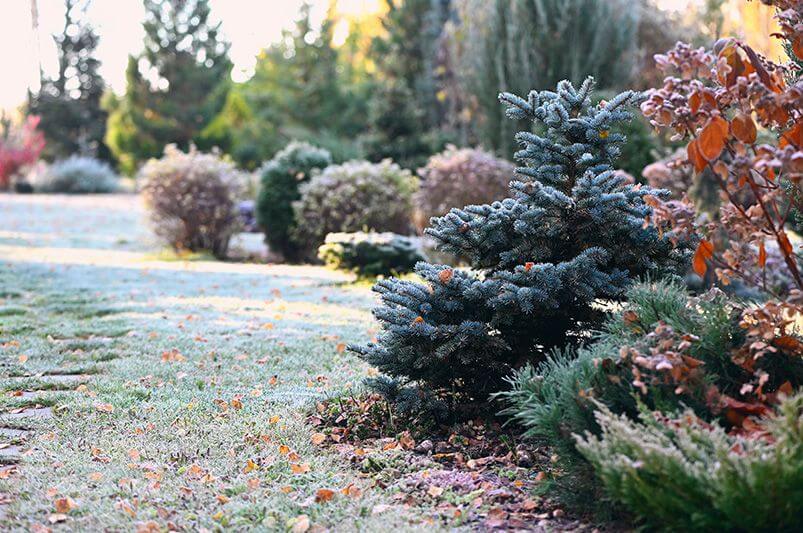
Design your mound landscaping to intentionally trap snow in winter, using strategic plant placement. Low, dense grasses like prairie dropseed and taller perimeter plants like rough blazing star help snow accumulate on the mound. This natural snow cover acts as insulation, protecting the mound from deep frost and reducing freeze damage to the septic system beneath. It’s a passive, seasonal benefit with a year-round aesthetic payoff.
15. Seasonal “Color Rings” Using Plant Height or Bloom Time
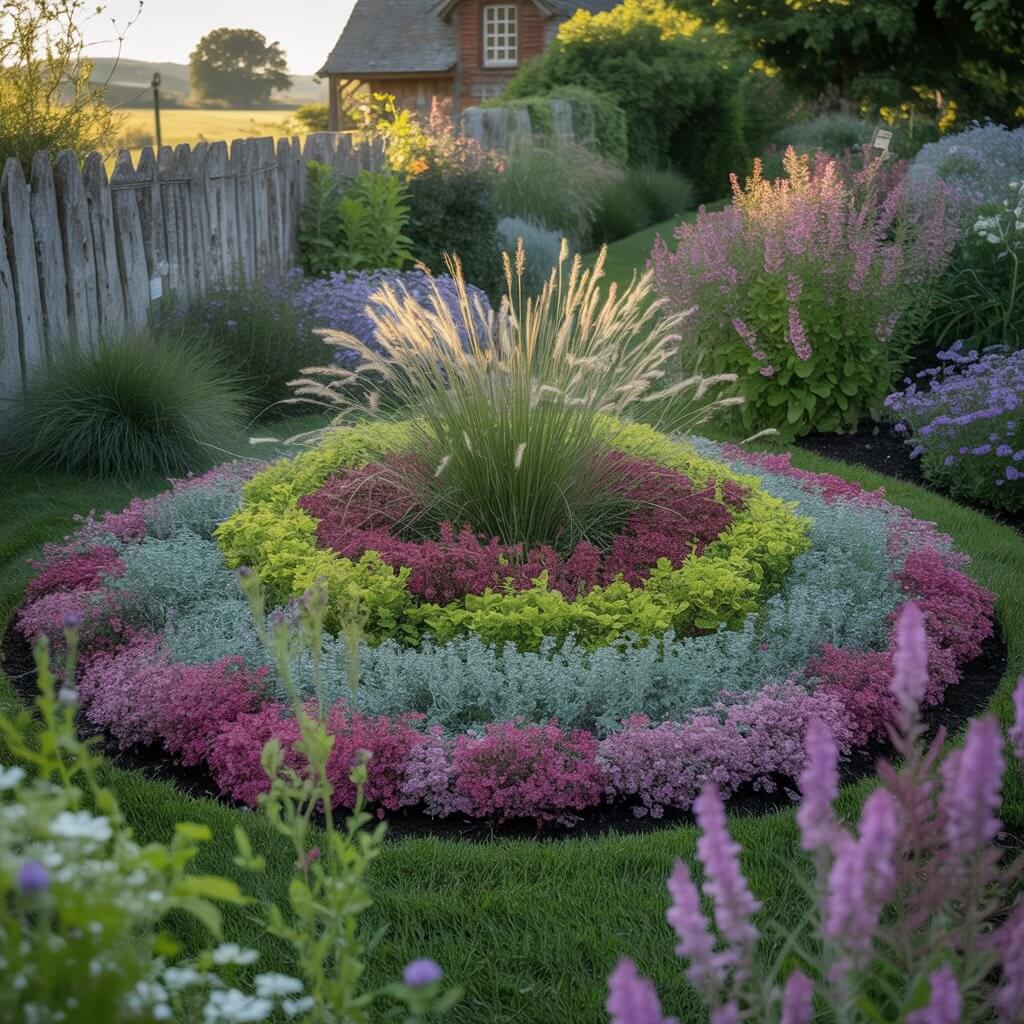
Create subtle visual interest by planting in circular or oval “rings” that vary in height or bloom timing. For example, plant low grasses in the center, mid-height flowers in the next ring, and taller perennials like Indian grass or wild bergamot around the edges (but still shallow-rooted). This “bullseye” design draws attention to plant variety—not the mound’s shape—and offers a rotating display of seasonal color without disturbing soil depth or airflow.